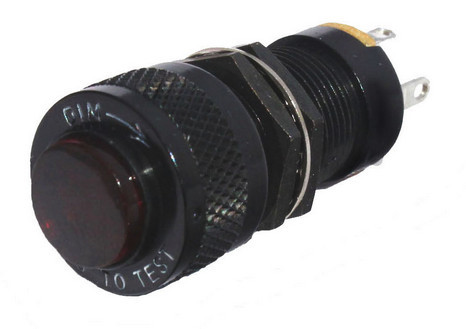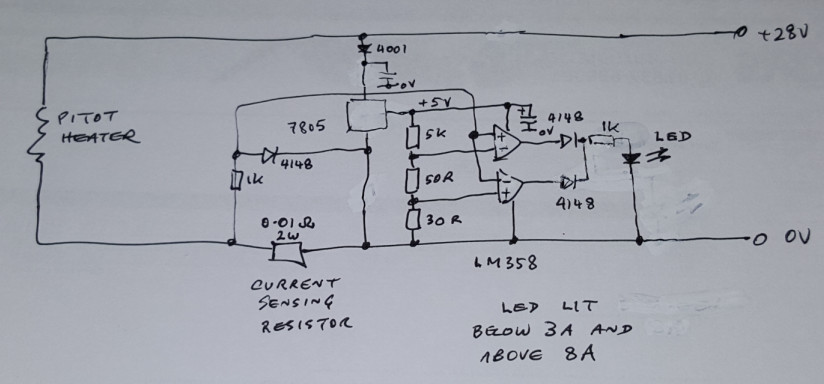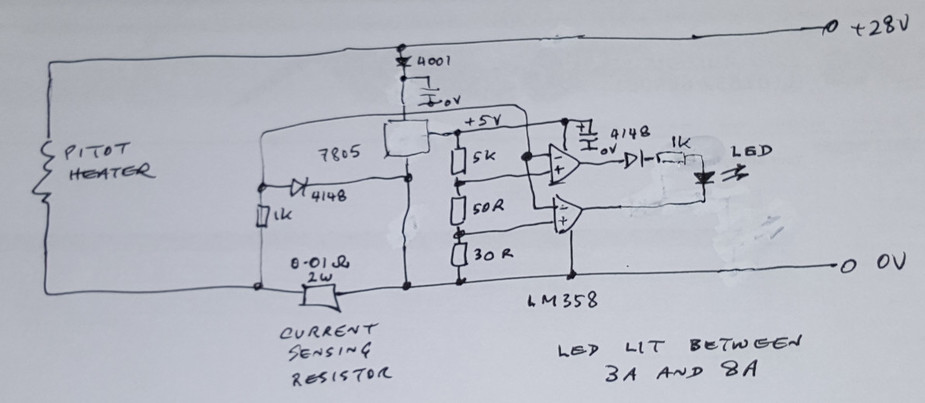No; mine are cheap – well as cheap as any Swiss switches are 
A decent push-to-test milspec part is about $50-100. You get them in turboprops but in SEPs the budget is $5/switch.

from here
Peter wrote:
Upmarket annunciators have a built-in push to test function.
So your annunciator isn’t really upmarket, then? 
Upmarket annunciators have a built-in push to test function.
Peter wrote:
That would be the opposite of the Socata annunciators, and IMHO not “fail safe” (partly because it would also be OFF when you turned off the pitot heat) but is easy to do:
Put in a test switch, too! 
All pitot tubes are located in the “cleanest” airflow possible, definitely far away from the propellor wash.
I canot see any reason why not to use Pitot Heat throughout all flights. It is certainly a “line up” item on the bigger aircraft I fly, both Cessna and Beech advise that this is the correct time to switch them on, it only takes a second to do along with the other few things I always do in an effort not to kill myself, like full and free control movement, sync the heading bug and flight director, anti ice if required, etc…
From the earlier post it seems like that’s over cautious with the pitot heat but some other hot items might not be so forgiving
Peter wrote:
partly because it would also be OFF when you turned off the pitot heat
It’s supposed to be off when the switch for pitot heat is off, because that’s normal. Unless you want to detect a situation where switch would be off but there would be current flowing anyway. PS: But you would want it on in case CB tripped/ fuse blew.
@Peter It’s the same with all annunciators that warn you of abnormal conditions (it can’t warn you if it has failed). But any such light on means there is something wrong, you don’t have to remember which ones should be on and keep an eye on them. And it’s a bit different when the annunciations are on a display.
That would be the opposite of the Socata annunciators, and IMHO not “fail safe” (partly because it would also be OFF when you turned off the pitot heat) but is easy to do:

But it might be unnecessarily complex.
This should do it:

May need a tweak or two but it’s the general idea. Parts cost about €3.
It uses current sensing in the ground lead. Sometimes it is preferred (for wiring reasons) to current sense in the + lead; the same principle can be used but with some changes e.g. an op-amp whose Vcm includes the +ve rail. Also one would need to watch the max Vs of that +5V regulator, relative to spikes in the aircraft bus (I would put in some protection). Also check the Vos drift of the 1972 op-amp, but better ones are dirt cheap.
(edited)